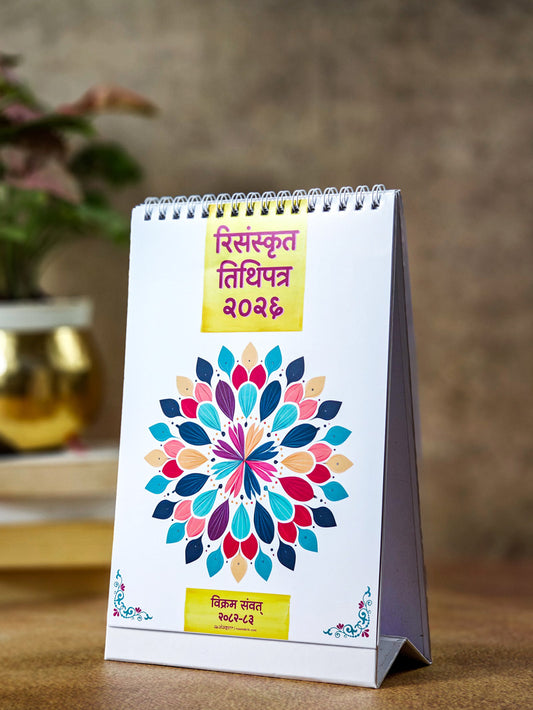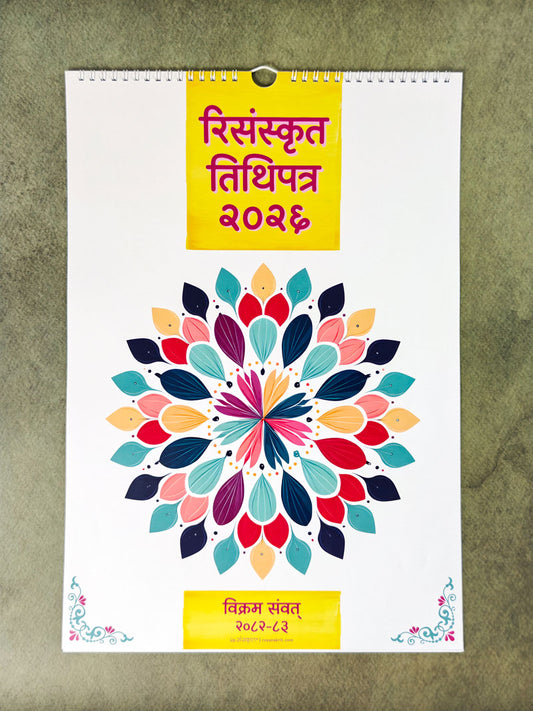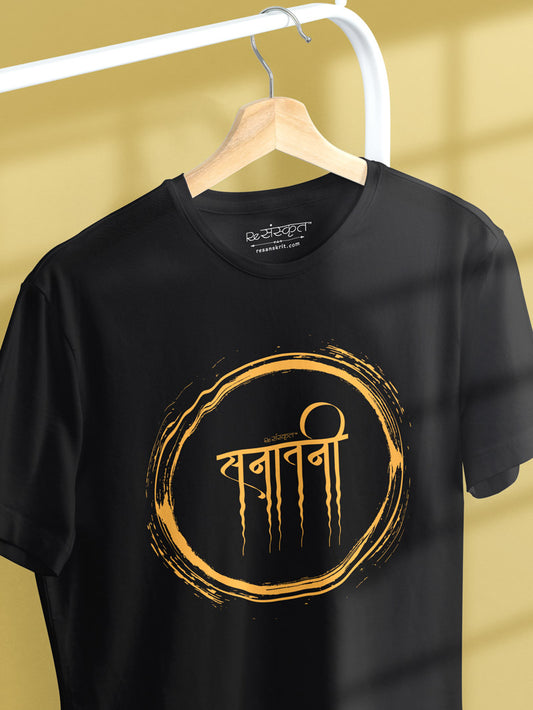Kumbh Mela: The Grandest Spiritual Gathering on Earth
Kumbh Mela, the world's largest religious congregation, is a sacred festival deeply rooted in Hindu tradition. It is a time when millions of devotees, ascetics, and seekers from all walks of life gather at the banks of sacred rivers to take a holy dip, believed to cleanse sins and lead the soul towards liberation.
What is Kumbh Mela?
Kumbh Mela is a grand Hindu pilgrimage and festival that involves mass bathing in one of four sacred rivers: the Ganga in Haridwar, the Yamuna and Saraswati (Triveni Sangam) in Prayagraj, the Godavari in Nashik, and the Shipra in Ujjain. The term Kumbh means 'pot,' symbolizing the celestial pitcher of nectar (Amrit) from Hindu mythology, while Mela means 'fair' or 'gathering.'
Why is Kumbh Mela Celebrated?
The origins of Kumbh Mela trace back to the legend of the Samudra Manthan (Churning of the Ocean), where the celestial beings (Devas) and demons (Asuras) churned the ocean to obtain the nectar of immortality (Amrit). During this divine event, drops of nectar are believed to have fallen at four places—Prayagraj, Haridwar, Nashik, and Ujjain. Hence, these locations became the sacred sites for Kumbh Mela, where devotees gather to purify themselves in the holy waters.

अर्घं ग्रहाण भगवान्सुधाकुम्भ नमोऽस्तुते।
arghaṃ grahāṇa bhagavānsudhākumbha namo’stute।
O Sudhākumbha (Pot of Nectar), accept the Arghya. Obeisance to you.
हे सुधाकुम्भ (अमृत कलश), अर्घ्य स्वीकार करो। तुम्हें प्रणाम है।
स्कन्दपुराण-एकाशीतिसाहस्रसंहिता | ब्रह्मखण्ड | सेतुमहात्म्य | ५२.२५
How Often is Kumbh Mela Held?
Kumbh Mela follows a cyclic pattern and is held at each of the four locations at different intervals:
-
Purna Kumbh Mela (every 12 years) – The full-scale Kumbh Mela at each of the four locations.
-
Ardh Kumbh Mela (every 6 years) – Celebrated only in Haridwar and Prayagraj.
-
Maha Kumbh Mela (every 144 years) – Occurs only in Prayagraj, making it the rarest and most significant.
-
Magh Mela (annual) – A smaller but sacred event at Prayagraj.
The Spiritual Significance of Kumbh Mela
The central ritual of Kumbh Mela is the holy bath (Shahi Snan), taken on auspicious dates determined by astrological calculations. It is believed that a dip in the river during Kumbh Mela washes away sins, grants blessings, and leads one closer to Moksha (liberation). The festival also features spiritual discourses, devotional music, charity, and the mesmerizing presence of ascetics (sadhus), including the reclusive Naga sadhus.
Kumbh Mela: A Global Phenomenon
With its sheer scale, spiritual depth, and cultural vibrancy, Kumbh Mela has been recognized as an Intangible Cultural Heritage by UNESCO. It attracts not only Indian pilgrims but also seekers, photographers, and scholars from around the world. The festival is a confluence of devotion, philosophy, tradition, and community.
Kumbh Mela 2025
As Kumbh Mela begins tomorrow, millions of devotees will flock to [location] for this divine gathering. The air will be filled with chants, prayers, and the fragrance of incense as people come together to celebrate faith and tradition. Whether you are a pilgrim or a spectator, Kumbh Mela is an experience of a lifetime.
ReSanskrit joins in celebrating this sacred event and invites you to immerse in the spiritual wisdom of our ancient heritage.





![[New Edition] ReSanskrit® 365 Days of Sanskrit Wisdom | Daily Sanskrit Quotes | With 100+ New Quotes, Hindi & English Translations🆕](http://resanskrit.com/cdn/shop/files/365-calendar-resanskrit-front-hero-shot_533x.jpg?v=1762351171)
![[New Edition] ReSanskrit® 365 Days of Sanskrit Wisdom | Daily Sanskrit Quotes | With 100+ New Quotes, Hindi & English Translations🆕](http://resanskrit.com/cdn/shop/files/365-calendar-resanskrit-quote-shot1_533x.jpg?v=1762351193)
![[Please Read Note] 2025 - Hindu Wall Calendar (Vikram Samvat 2081-82) - ReSanskrit](http://resanskrit.com/cdn/shop/files/Month-image_3_533x.jpg?v=1738386056)
![[Please Read Note] 2025 - Hindu Wall Calendar (Vikram Samvat 2081-82) - ReSanskrit](http://resanskrit.com/cdn/shop/files/Hero-image_1_withmessage_533x.jpg?v=1738386056)






![[Part 2] Relevant Sanskrit Shlokas with Meaning in Hindi & English](http://resanskrit.com/cdn/shop/articles/Relevant-Sanskrit-Shlokas-Article-Cover-image-part-2_4499da7e-f9d9-46a6-b615-35f58befb606_165x.jpg?v=1765027232)
Leave a comment
Please note, comments need to be approved before they are published.